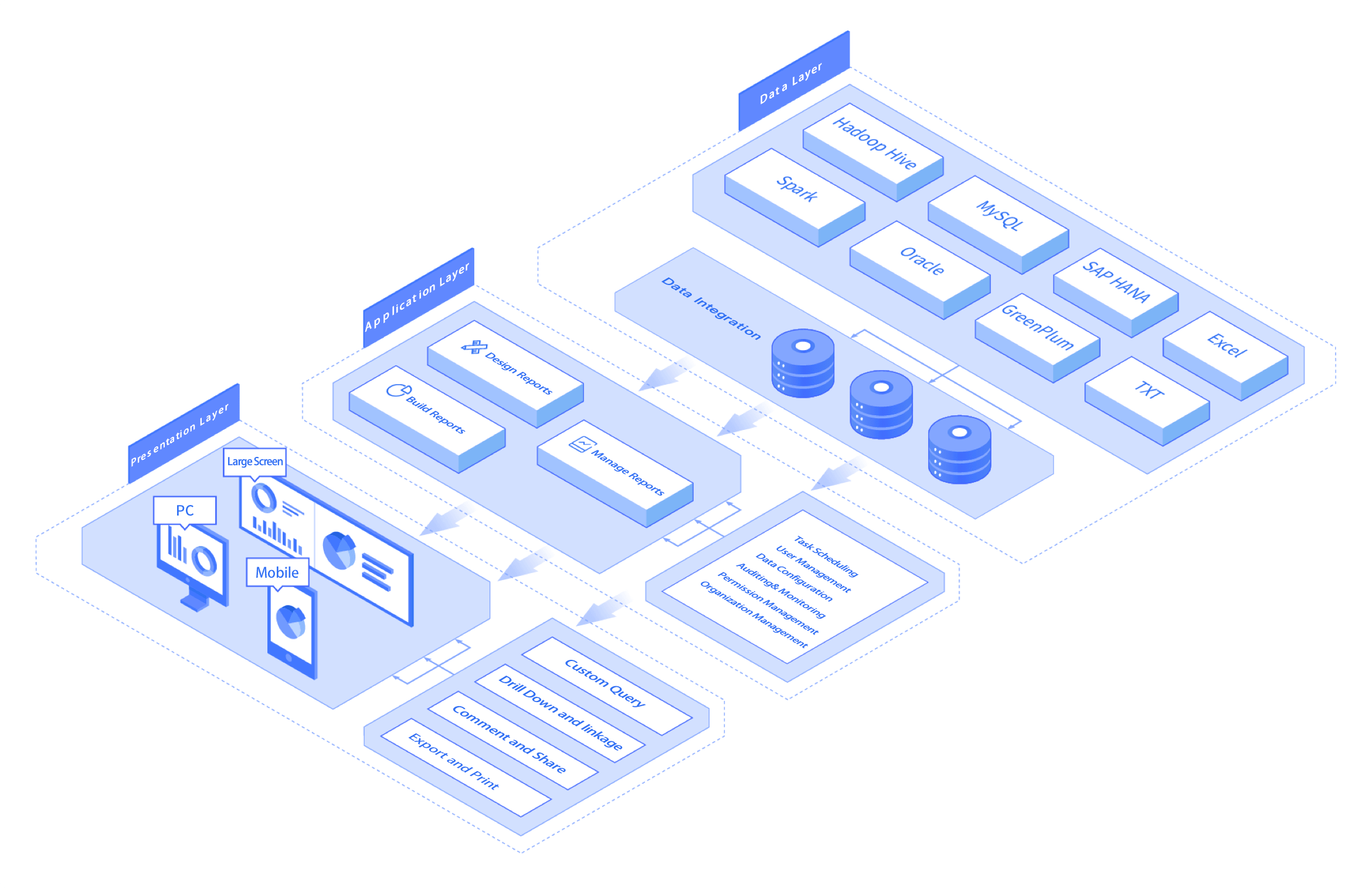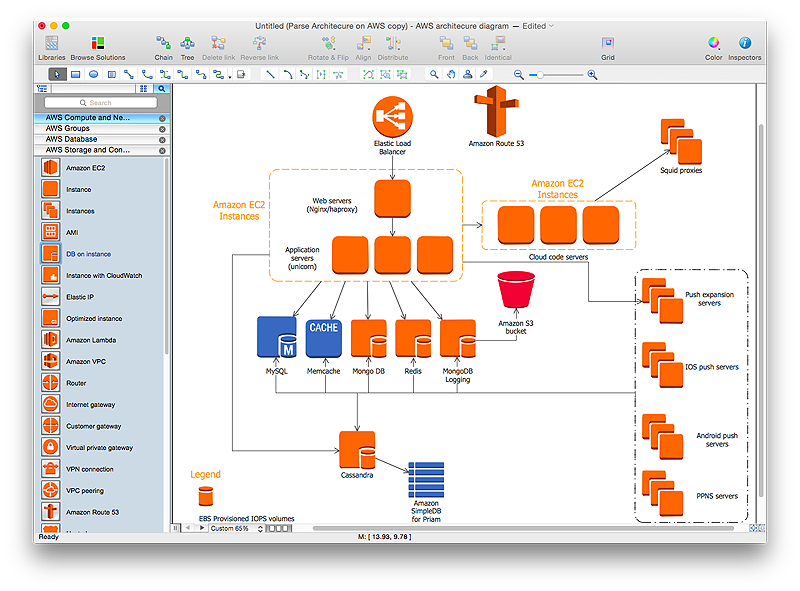

It should provide more nuanced details not easily conveyed in the diagram. Include useful annotations: Add helpful explanations to critical pieces of your diagram giving teammates and stakeholders important context and information.Highlighting these relationships makes it easier to assess how changes can impact the entire system. Show system interactions: Use simple shapes and lines to indicate process flows and the ways different elements interact with each other.The purpose of the software architecture diagram is to give team members and stakeholders context. What a well-crafted software architecture diagram should includeĪ well-crafted diagram is not necessarily a detailed diagram. Encourage collaboration and identify areas for improvement: Visualizing the application system structure makes it easier for your team members to discuss the design, find patterns that work well, look for weak spots, and find areas to improve in a collaborative effort.They also keep stakeholders informed of the project’s overall progress. Improve communication: Software architecture diagrams visualize the game plan for everyone - aligning project goals across all teams, departments, and stakeholders.


Benefits of using software architecture diagrams Even learn how you can draw your own software architecture diagrams to encourage team involvement and collaboration. Let’s discuss the different types of architectural diagrams and the purpose that each serves. They give the entire development team a visual overview making it easier to communicate ideas and key concepts in terms everyone can understand. This is where software architecture diagrams come in.
#3 tier software architecture diagram vision code
Your team, even those team members who aren’t immersed in the code every day, needs to understand your organization’s software architecture so it can scale seamlessly. New features are frequently added to accommodate growing customer needs and demands. Software environments are complex-and they aren’t static.


 0 kommentar(er)
0 kommentar(er)
